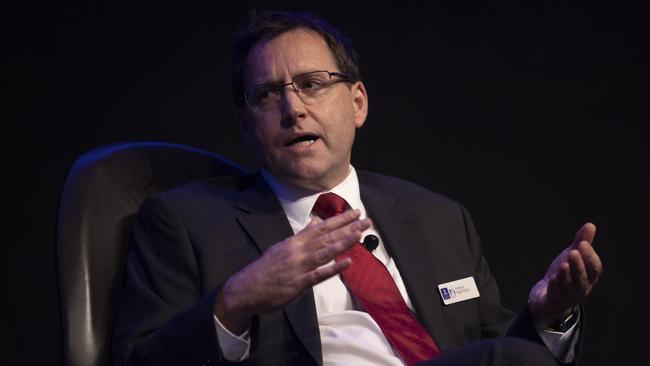Back-to-back rate hikes compound cost-of-living pressures on Aussie households
The effective inflation rate for mortgaged households reached almost 11 per cent in 2022, as back-to-back RBA rate hikes sent interest payments soaring and compounded cost-of-living pressures.

The effective inflation rate for mortgaged households reached almost 11 per cent in 2022, as back-to-back RBA rate hikes sent interest payments soaring and compounded cost-of-living pressures.
Analysis by the Australian National University’s Centre for Social Research and Methods reveals how the fastest rise in consumer prices in a generation, alongside the Reserve Bank’s aggressive monetary policy response, have affected the living costs of a range of different household types.
The ANU’s living cost indices show that changes have been most severe for mortgagors, up 10.6 per cent over the year to December and well above the official headline inflation rate of 7.8 per cent for the same period.
The Australian Bureau of Statistics consumer price index does not capture increases in mortgage interest costs, meaning the impact on household budgets of the 10 straight rate hikes since May are not captured in the commonly cited measure.
In contrast, the lowest rise in living costs among all household types has been among renters, up by 6.3 per cent.
ANU principal research fellow Ben Phillips said “higher-income households tend to have higher increases this year (likely due to mortgage increases), younger households slightly lower increases (more likely to be renters), and couples with children likely to have higher increases again thanks to mortgages”.
A couple with children experienced a 9.1 per cent increase in living costs in 2022, according to the ANU analysis, against an 8.3 per cent jump for single parents and couples, and an 8.1 per cent rise for lone-person households. By main source of income, living costs for welfare recipients rose by 7.7 per cent – well below the 8.8 per cent increase experienced by wage earners.
Roger Wilkins, deputy director at the Melbourne Institute of Applied Economic and Social Research, said people on income support, such as JobSeeker, “were always struggling”.
“But in terms of changed circumstances, it probably hasn’t really got that much worse because their benefits are indexed to CPI, and they tend not to have home loans,” Professor Wilkins said.
Amid widespread talk of a rental “crisis” and landlords demanding double-digit increases in rents, Professor Wilkins said the relatively subdued increase in living costs for renters was a “conundrum”.

“There are very high asking rents, but if you look at what people are actually paying, the increase to date is still less than the headline level of inflation,” he said.
The day after the RBA board increased its cash rate target to 3.6 per cent, governor Philip Lowe in a speech on Wednesday said mortgage payments were projected to reach a record 9.5 per cent of household disposable income later this year.
“On the positive side, households’ wage and salary income increased by more than 10 per cent over the past year, people have been finding jobs, and a large stock of additional savings was accumulated over the pandemic period,” Dr Lowe said.
“On the other side, though, interest payments are increasing quickly at a time when inflation is also high.”
CEDA senior economist Andrew Barker calculated that mortgage interest costs in 2023-24 would be 140 per cent higher on average than in 2021-22.
“In terms of being able to meet that change in costs, you would think that generally those with mortgages would be in a better place than renters,” Mr Barker said.
Mr Barker also estimated rents would be 20 per cent higher in 2023-24 than in 2021-22 as tenants rolled off 12-month leases or moved house and on to a worse deal – a forecast he said was “conservative” given extremely low vacancy rates.
Power bills would also be 40 per cent higher in the coming financial year than in the last, he said.








To join the conversation, please log in. Don't have an account? Register
Join the conversation, you are commenting as Logout